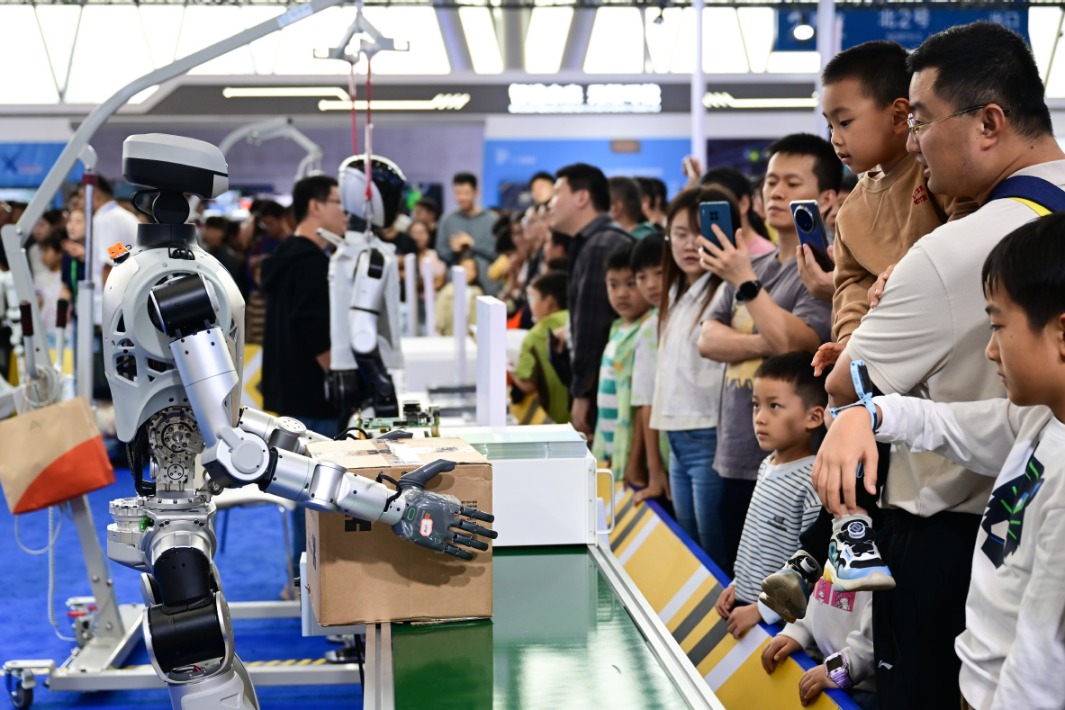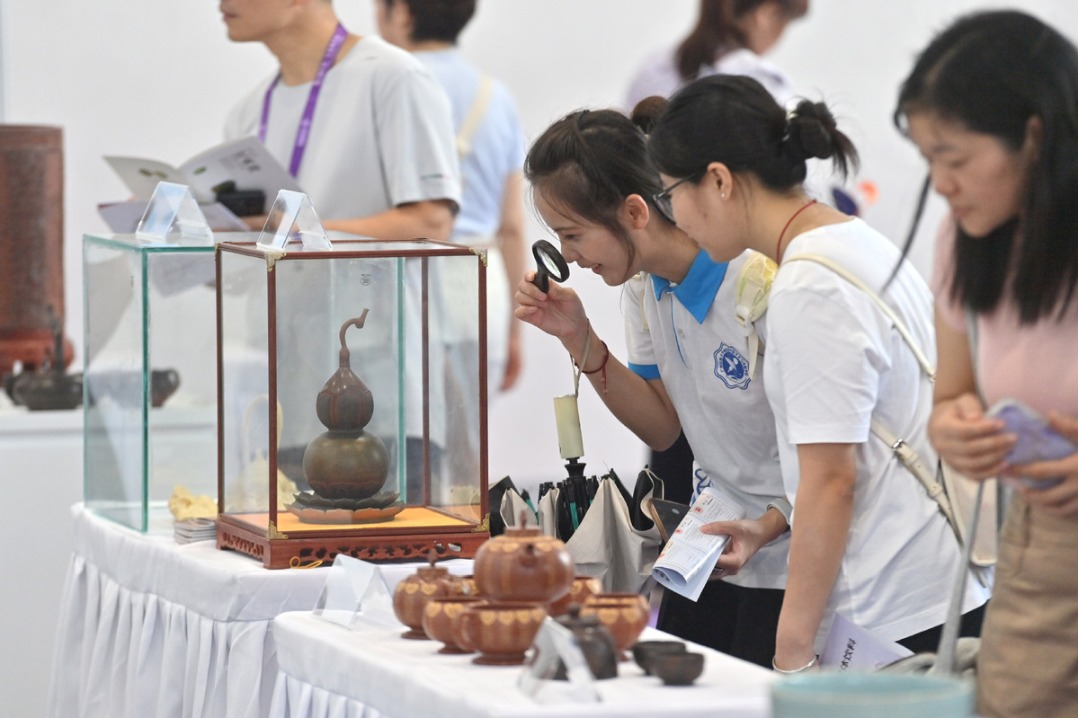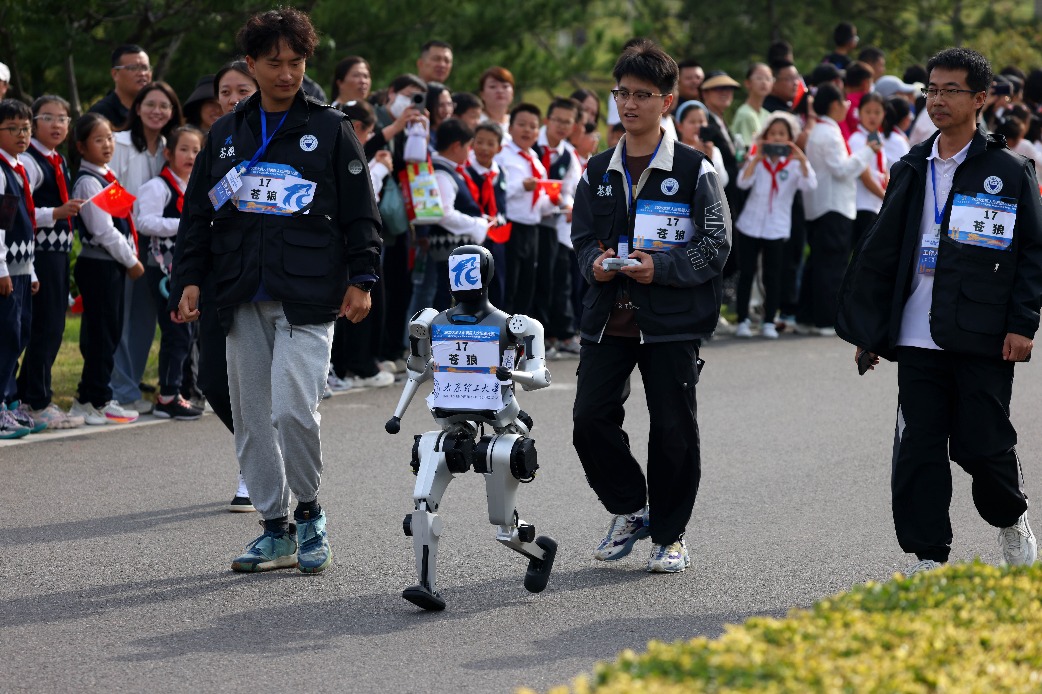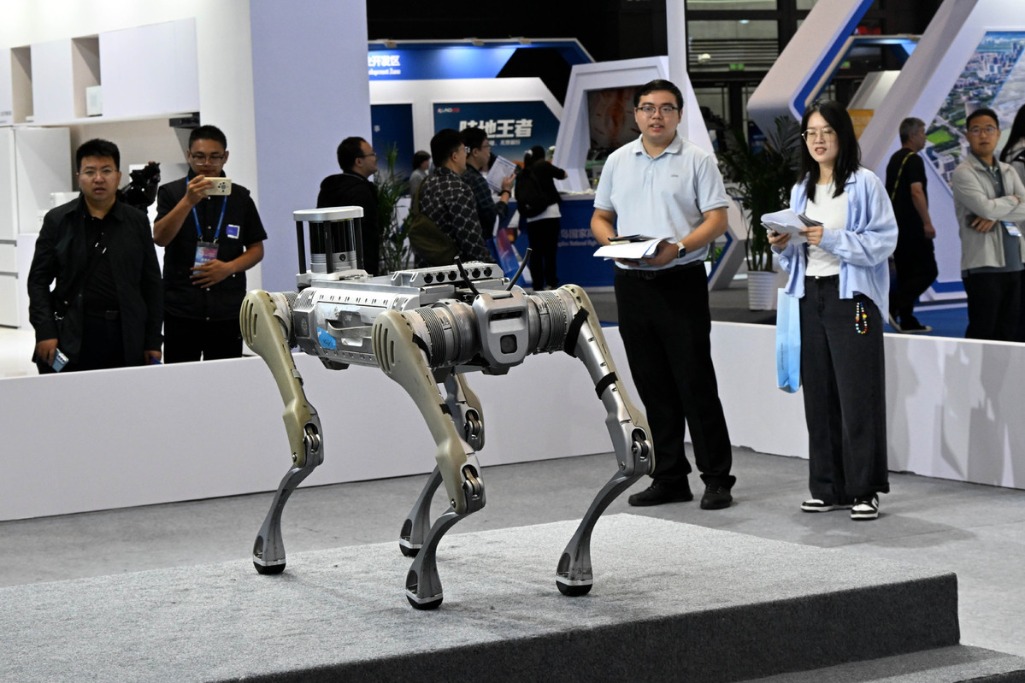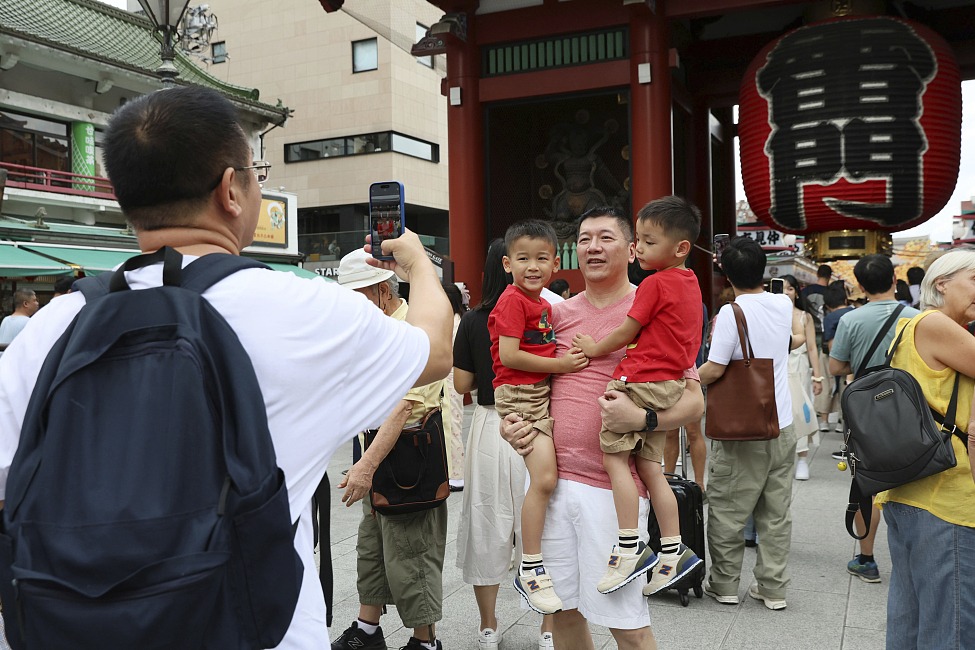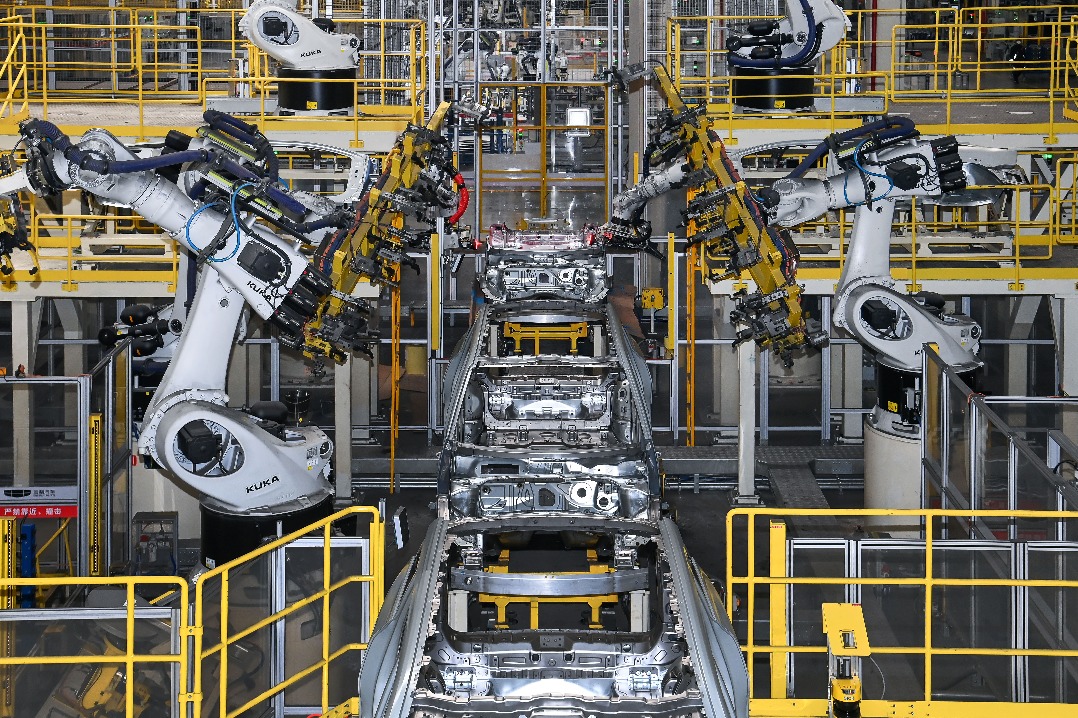Many paws driving pet economy growth
Closer emotional bonds between the adorables and younger consumers creating niche market in China


Wang Lihong, who prefers to be called "Congcong's mom" rather than by her own name, and her five-year-old Yorkshire terrier have found themselves increasingly welcome in a number of places across Shanghai.
"Our weekends are fully booked with activities. Just recently, we joined a Hawaii-themed pool party, a matchmaking event hosted by a pet bakery brand, a hamburger festival and even a pet-friendly concert," said Wang, an activity curator in her 40s.
"So many traditional industries are now venturing into pet-related business. Clearly, the growth and outlook of the pet economy are phenomenal."
Wang's experience highlights how pet owners and trend-savvy commercial spaces are coming together.
According to market consultancy iiMedia Research, China's pet industry is expected to reach 1.15 trillion yuan ($162 billion) by 2028, and new consumption scenarios are playing a major role in fueling domestic pet spending.
With steady economic growth, Chinese consumers' stronger purchasing power has injected powerful momentum into the market.
Shanghai is clearly at the forefront nationwide. Public statistics show that Shanghai had more than 120,000 pet-related businesses, underscoring how vibrant the market already is.
As experts noted, today's young consumers, especially those born in the 1990s and 2000s, tend to treat pets as family members. They want to bring their pets along when going out to enjoy life, which has driven a trend of more humanlike consumption.
"In China, over 90 percent of pet owners consider their pets part of the family. This has fueled a powerful lifestyle shift: the desire to keep pets close wherever their owners go. With pet ownership on the rise, being pet-friendly is no longer just a nice-to-have — it is becoming a key competitive advantage for businesses," said Zino Helmlinger, head of retail leasing with investment company CBRE China.

















